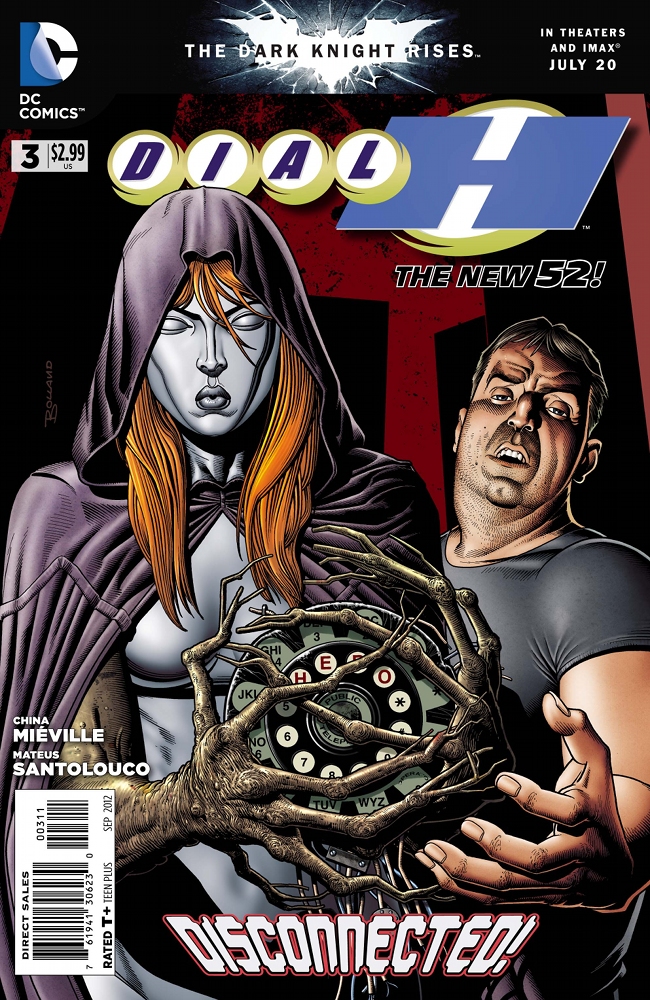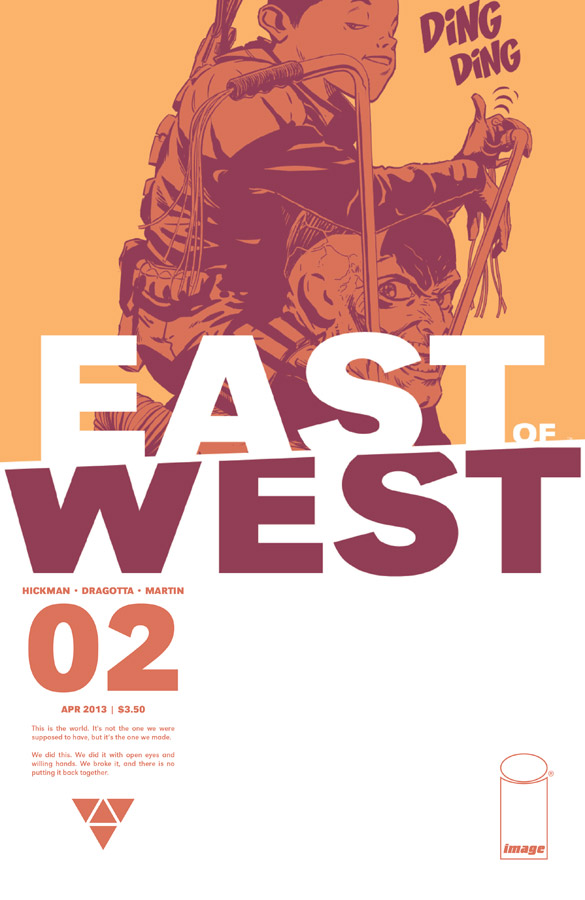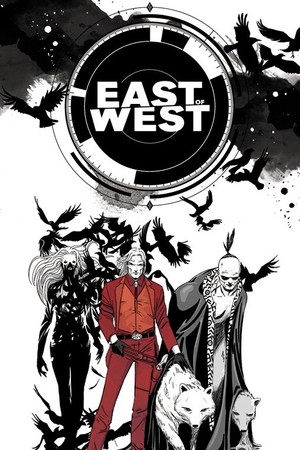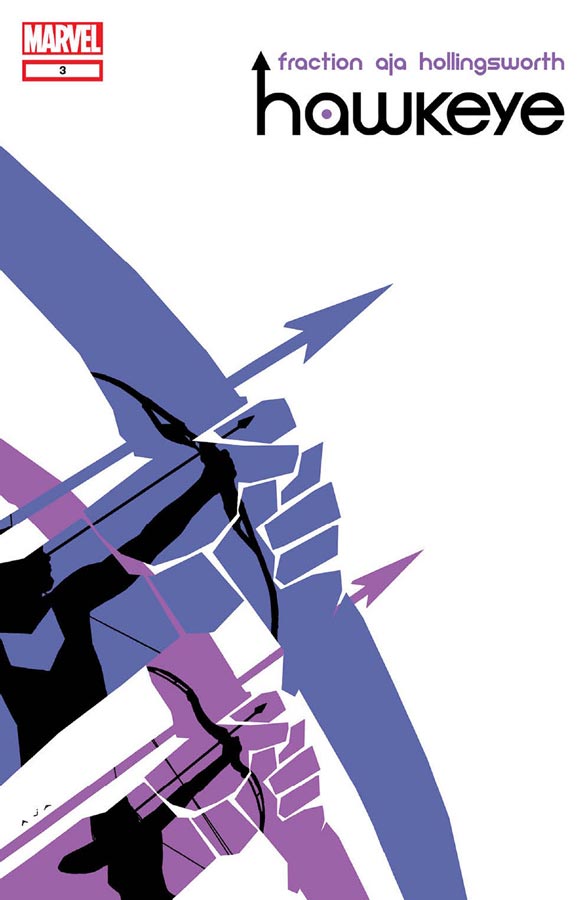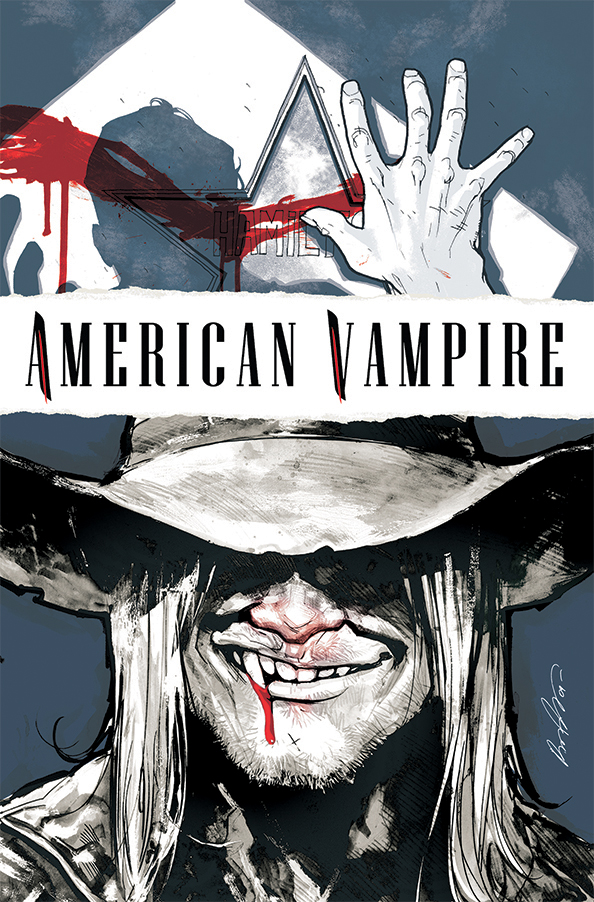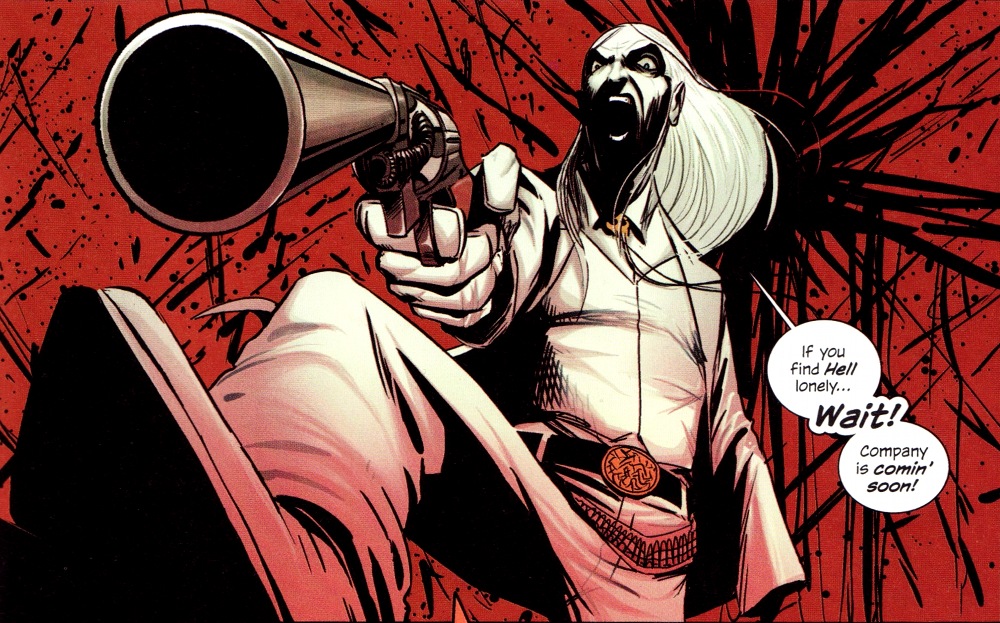art by Mike Norton
Nine issues into Revival's run and it's more evident than ever that Seeley has recreated a believably diverse Wisconsin town with very little fanfare. The ethnic tensions and prejudices prompted the suspicion of the Hmong family in the slaughter of the zorse in Revival #1, and though their prominence in the series has waned in recent issues, it remains integral to the characterization of the town. Rothschild is as likely to have an anti-semitic, anti-government nutjob—Edmund Holt—as it is to have a half-closeted, half-out gay policeman—Officer Gunderson. It's often played for social critique, but just as often played for humor, such as Sheriff Cypress's misinterpretation of Ramin's search for a fallen sugar cube as Muslim prayer in the police conference room.
 Unfortunately, this credible diversity is also symptomatic of one of Revival's structural weaknesses. It's got too many plots and too many characters simultaneously in play. Juggling these multiple threads has watered down its excellent story plotting. It's a strategy that would hold up spectacularly in a television drama, which Revival often feels like anyway. Revival has many narrative fronts, all suitable to the situation and part of the series' plausibility: the combination of the increasingly bizarre behavior of the "revivers," each of whom seems to be unraveling in his or her own unique way, both physically and psychologically; the growth of criminal enterprises capitalizing on the event; cabin fever accumulating from the weeks of CDC quarantine; and rising tensions along the barricade with increasingly fanatical and belligerent religious zealots. However, it's not a story particularly suited to the medium. Much like The Walking Dead and other long-form serial comics, Revival may be better suited for trade publications, in which the complex narrative arcs spanning months in the comics are gathered in more logical and closely proximate units. The lack of major resolutions to many of the arcs even within a generous publication period may make even these somewhat less satisfying than one would like. Seeley and Norton are telling a very good story, but it's coming too slowly and in pieces that are too small. I suspect that the ultimate payoff of this series will be well worth the wait, but I also expect to enjoy it much more re-reading up to its major moments than reading it monthly.
Unfortunately, this credible diversity is also symptomatic of one of Revival's structural weaknesses. It's got too many plots and too many characters simultaneously in play. Juggling these multiple threads has watered down its excellent story plotting. It's a strategy that would hold up spectacularly in a television drama, which Revival often feels like anyway. Revival has many narrative fronts, all suitable to the situation and part of the series' plausibility: the combination of the increasingly bizarre behavior of the "revivers," each of whom seems to be unraveling in his or her own unique way, both physically and psychologically; the growth of criminal enterprises capitalizing on the event; cabin fever accumulating from the weeks of CDC quarantine; and rising tensions along the barricade with increasingly fanatical and belligerent religious zealots. However, it's not a story particularly suited to the medium. Much like The Walking Dead and other long-form serial comics, Revival may be better suited for trade publications, in which the complex narrative arcs spanning months in the comics are gathered in more logical and closely proximate units. The lack of major resolutions to many of the arcs even within a generous publication period may make even these somewhat less satisfying than one would like. Seeley and Norton are telling a very good story, but it's coming too slowly and in pieces that are too small. I suspect that the ultimate payoff of this series will be well worth the wait, but I also expect to enjoy it much more re-reading up to its major moments than reading it monthly.Note: It's also about time to bring attention to the excellent cover art of Jenny Frison, whose rich and elegant coloring and fine lines consistently make the most of their macabre content.
[April 2013]
